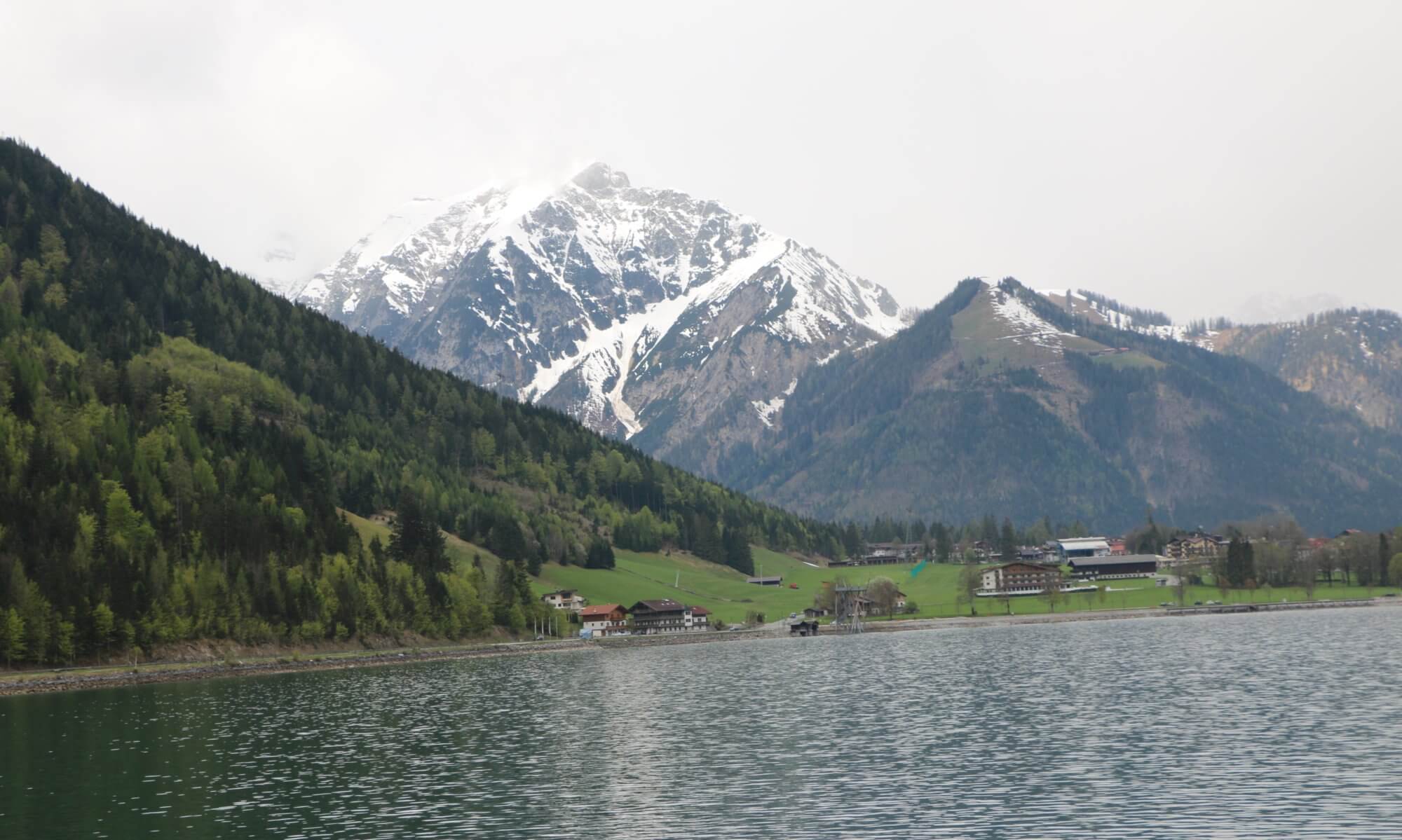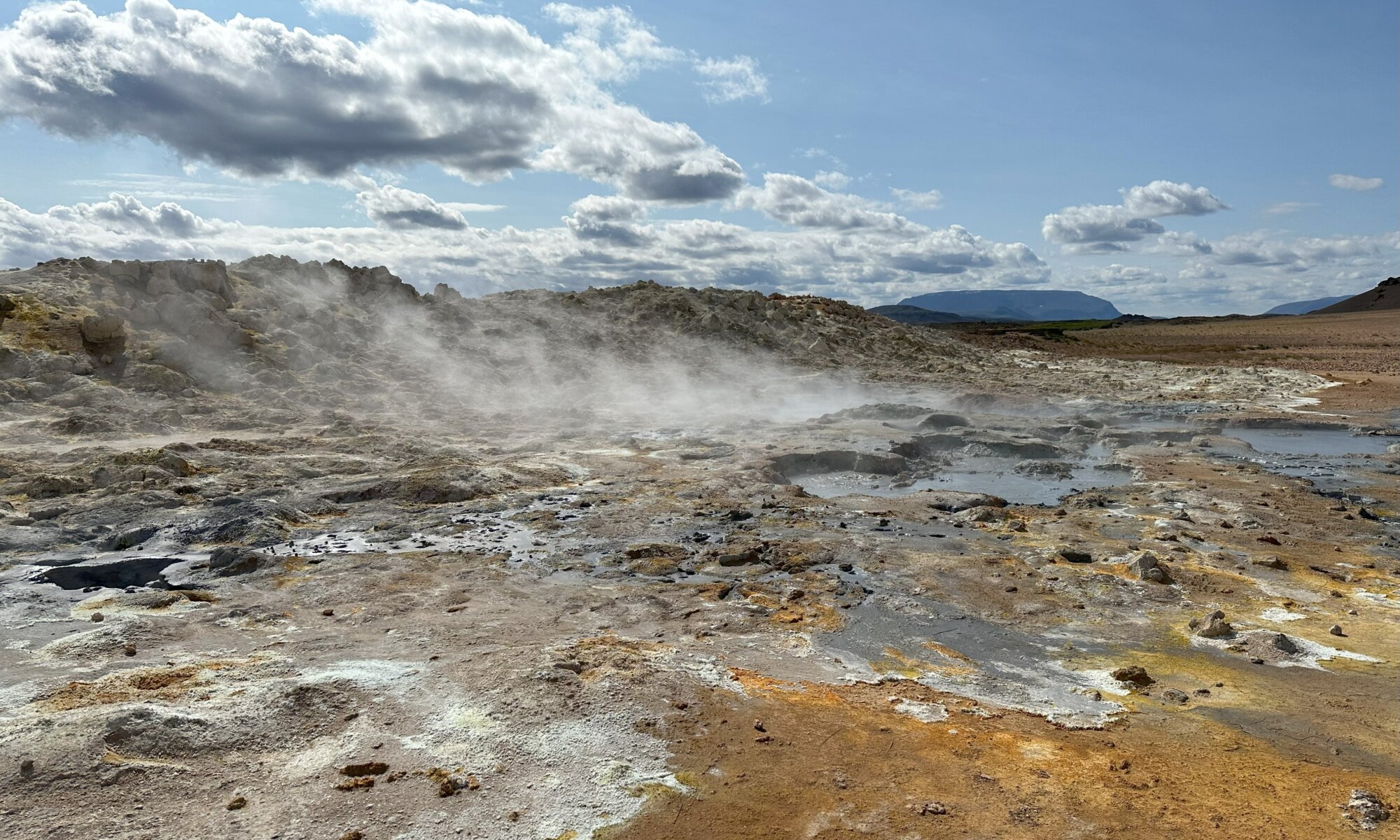Iceland is a beautiful country best to be explored on a road trip. If offers magnificent everchanging landscapes and a weather that can switch between heavy rain and bright sunshine within minutes. It is an island far in the north on which you should dress according to the onion principle as temperatures can very between eight and 26 degrees within a distance of 50 kilometers. And you need to prepare for either extremely long or short days; during my stay the sun went down shortly before midnight and came up at three o’clock in the morning – but it was never really dark at night.
I went to Iceland only for one week, but you could easily fill two or three weeks with my schedule and explore many more sights on the island. The classic way to tour Ísland is by car counter-clockwise around the island on the Hringvegur or Þjóðvegur 1. There are a few road trip hints to consider for Iceland (especially concerning roundabouts and speed limits), but it as a really easy endeavor.
For Europeans travelling to Iceland is very simple: the country is not part of the European Union, but it is part of the Schengen area making entry possible simply using your European ID card and I experienced no border control at all. Even the Europe-wide roaming agreement is applicable here and you can use your smartphone as you would at home – and you can use it as your navigation system. I found no one on the island who doesn’t speak English and no place where credit cards aren’t accepted. Discovering this wonderful place is absolutely hassle-free.
Day 1: Arrival at Reykjavík
When you’re landing at the Keflavíkurflugvöllur (KEF) on the Reykjanes peninsula (50 kilometers afar from Reykjavík) you have time on your side: Iceland is in a different time zone and two hours ‘behind’ central Europe. Most people get their rental cars directly at the airport and drive towards the most-northern capital city of the world. It was founded by Ingólfur Arnarson (one of the first settlers) in 874 CE in Viking tradition: he threw wooden poles from his ship and waited where they would reach land. Today the city has 140,000 inhabitants and is the largest settlement in Iceland. Enjoy a walk through the city center, to the harbor and the concert hall Harpa. Most important sight is the Hallgrímskirkja church which hasn’t only a special architecture, it also serves as a fantastic viewing platform. If you’re late as I was: check out the Perlan natural history museum. It is open until 10 pm and also includes a restaurant. I ended the day at the Norðurey Hotel City Garden not too far away from the city center.
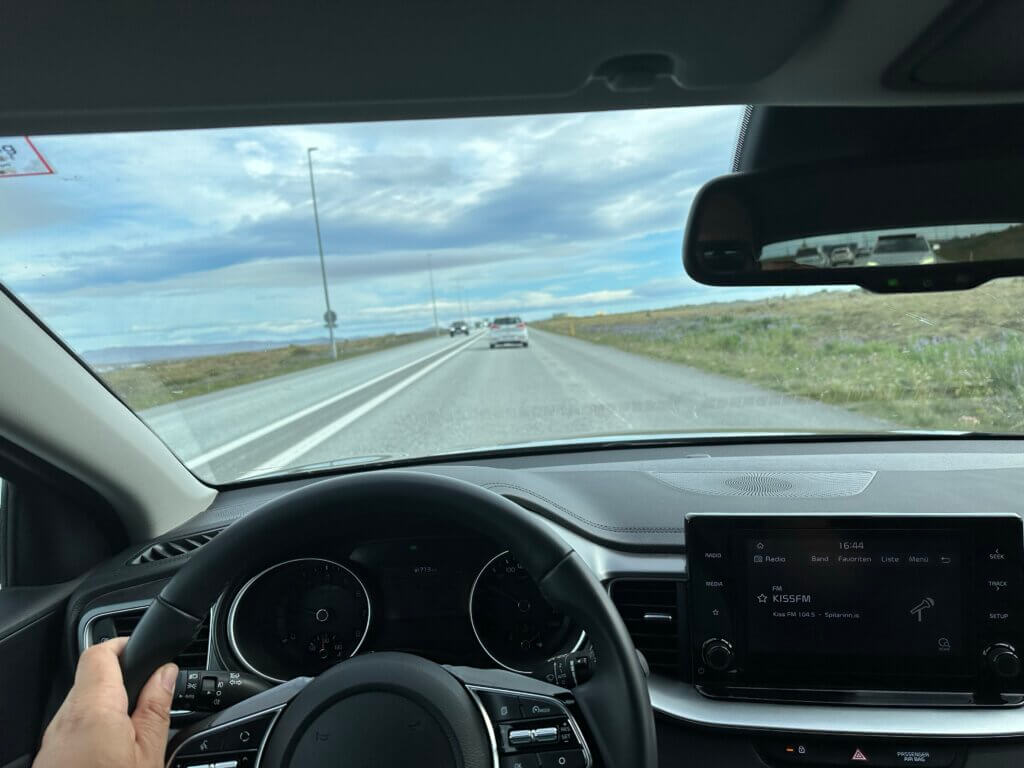
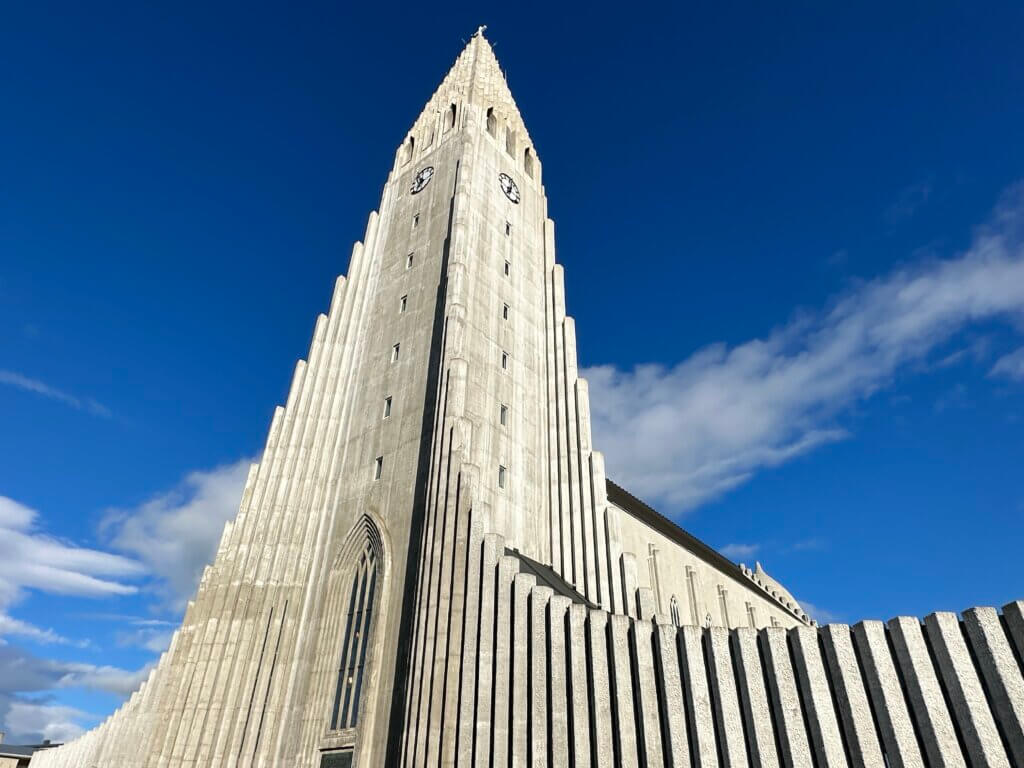
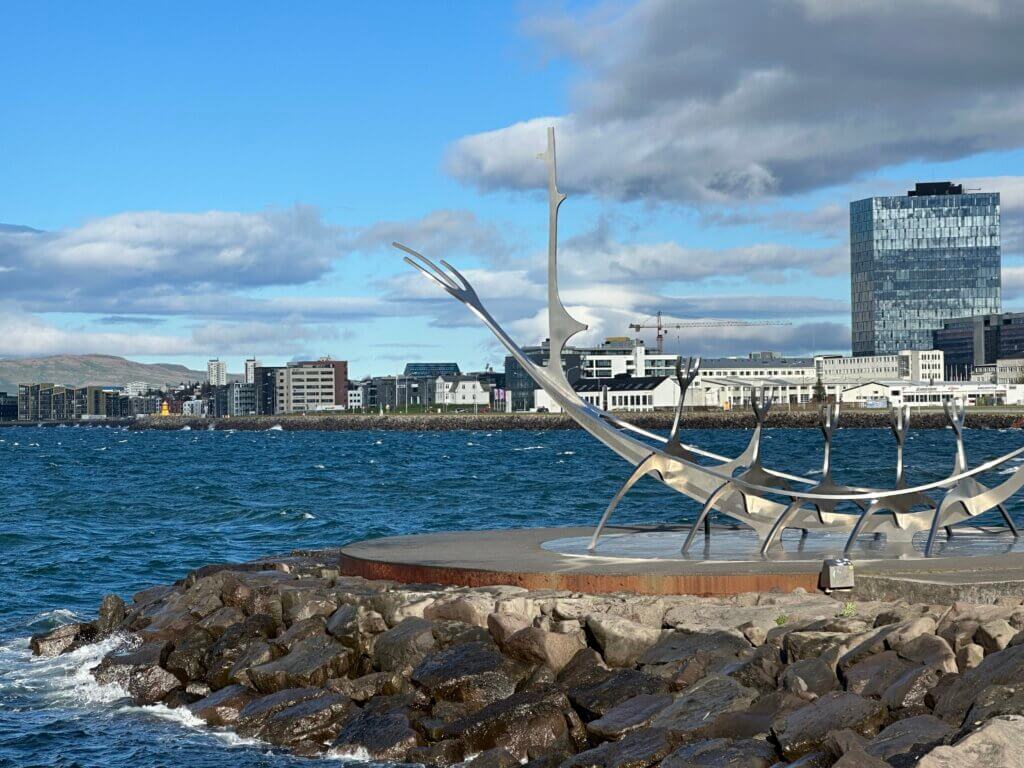
Day 2: Waterfalls and geysers
My first complete day on the island was my birthday and I couldn’t have had a better program. The so called Golden Circle of Iceland starts with Þingvellir, a beautiful nature protection zone with a gorge between the tectonic plates, a nice waterfall and an important place in history: here the people were meeting once a year to have their parliament and court. In the year 1000 CE Christianity was adopted here, in 1944 the republic of Iceland was founded in this place. Afterwards the very reliable geyser Strokkur was calling and the vast waterfall Gullfoss had to be expored. Around the Eyjafjallajökull volcano you can discover the Seljalandsfoss (which you can also walk behind) and the Skógafoss waterfalls. After visiting the black beach I stayed overnight at the classy Hótel Kría at Vík í Mýrdal.
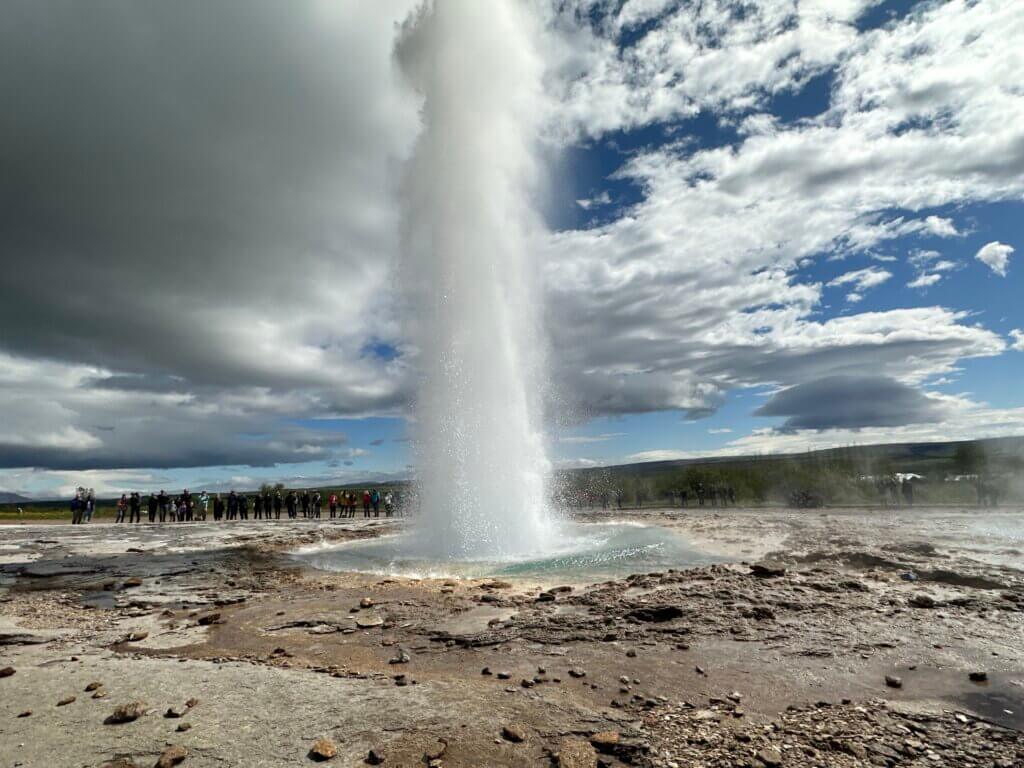
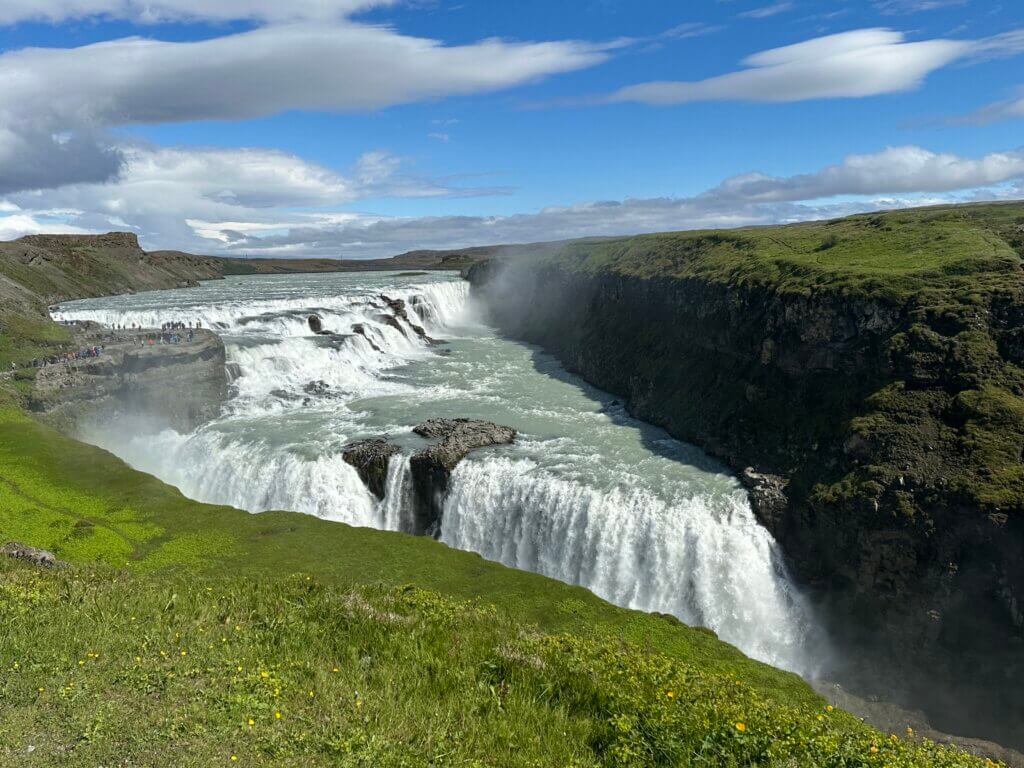
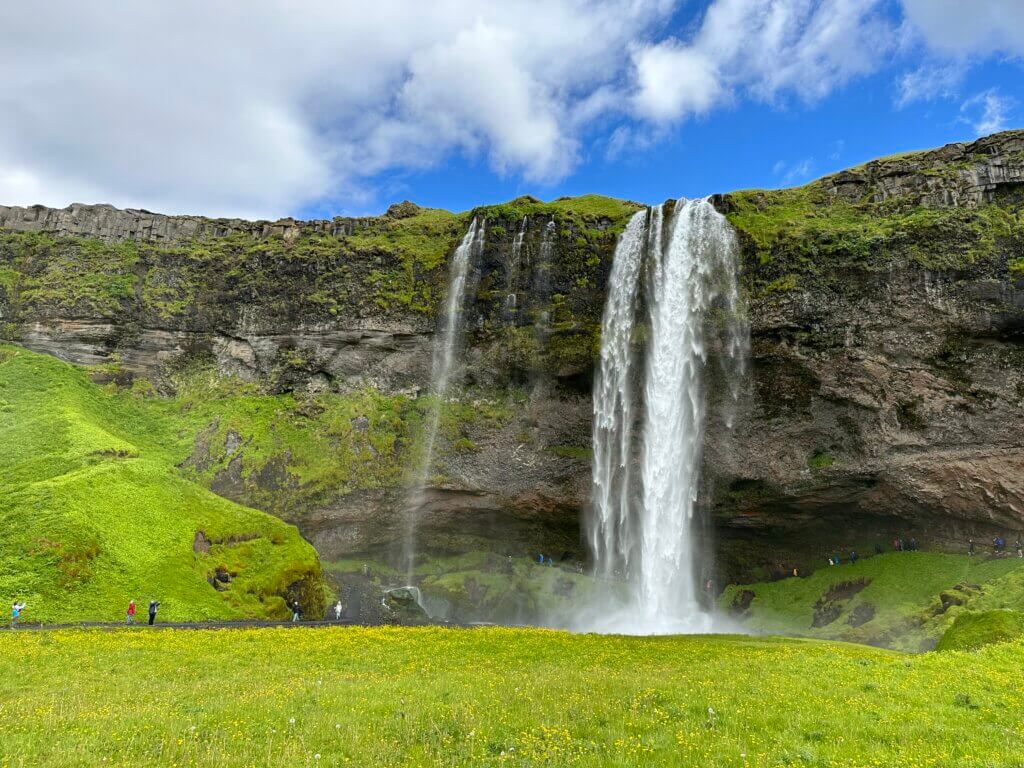
Day 3: Glaciers and icebergs
After getting back on the road Iceland entertains you with waterfalls and basalt columns at Kirkjubæjarklaustur and Dverghamrar until you reach the glaciers of the Vatnajökull national park. At the Skaftafell oasis you can hike to the Svartifoss waterfall that runs over basalt structures or the glacier lake Skaftafellsjökull. After seeing the first icebergs you will find many more at the peaceful Fjallsárlón glacier lake and the absolutely impressive Jökulsárlón. The color of the glacier water and the icebergs is so beautiful; it is no surprise that different movies have used this place as a backdrop. Some kilometers afar Djúpivogur was my place for the night; the hotel Framtíð can be found directly at the harbor.
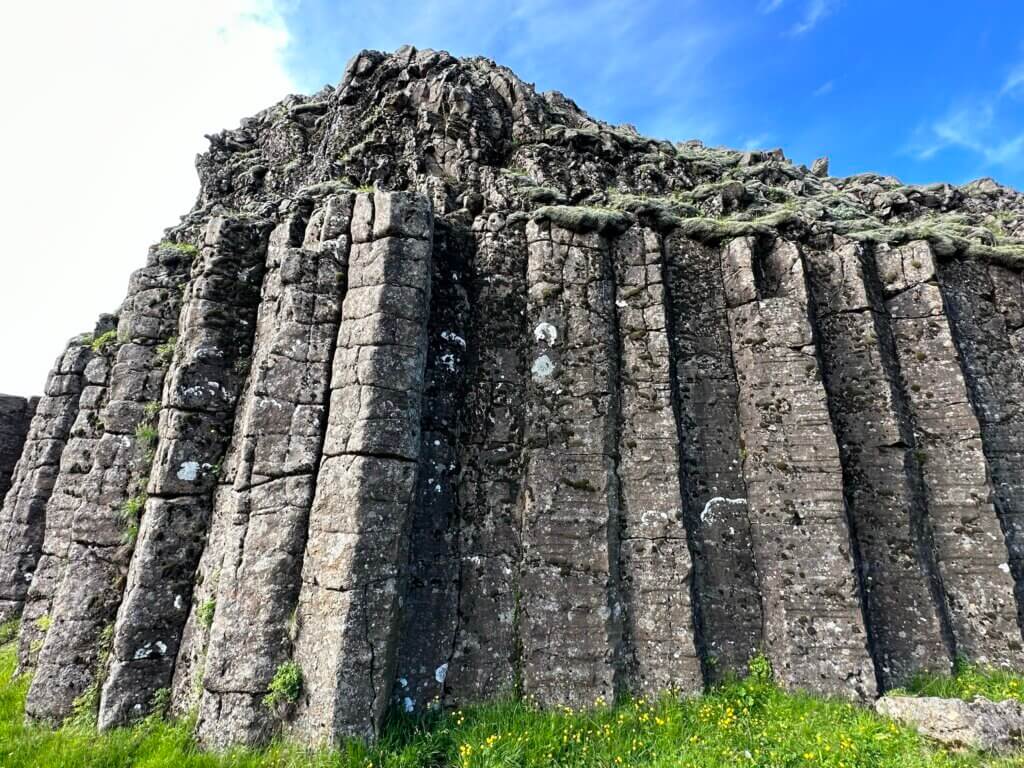
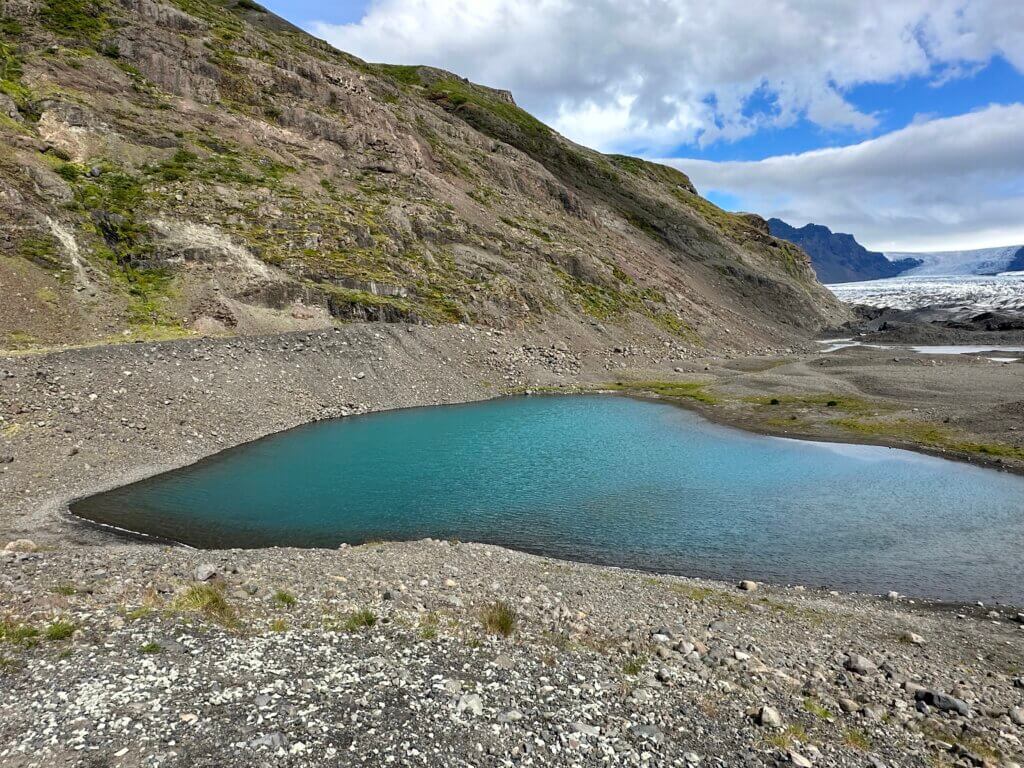
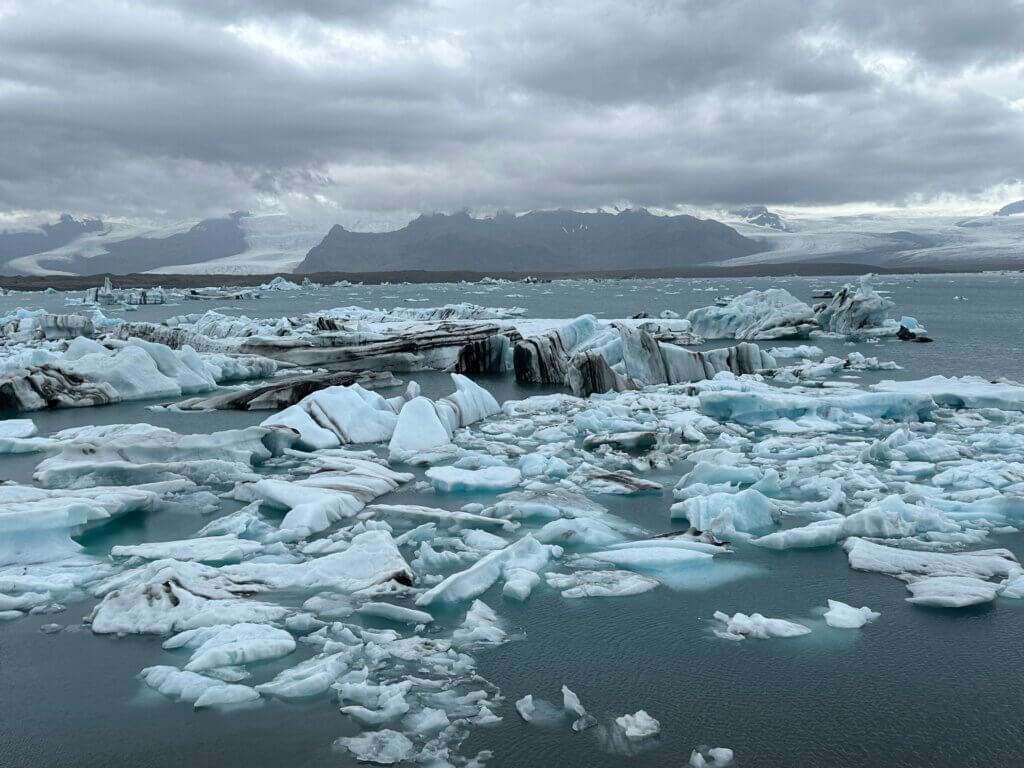
Day 4: Puffins and basalt columns
From Djúpivogur you can follow the coastline and visit a stone collection; or you talk the shortcut through the breathtaking Öxi valley and discover how driving through dense fog is like. Egilsstaðir as the next ‘big’ city is fast to reach and good as a starting point for different excursions. Puffin friends might want to go to Borgarfjarðarhöfn in the north to spot some birds. But you can also explore formerly hidden volcanic structures at the Stuðlagil canyon. What you shouldn’t miss is the geothermic infinity pool of the Vök baths. A place lake heaven. The Hótel 1001 Nótt near Egilsstaðir was the perfect place to stay overnight.
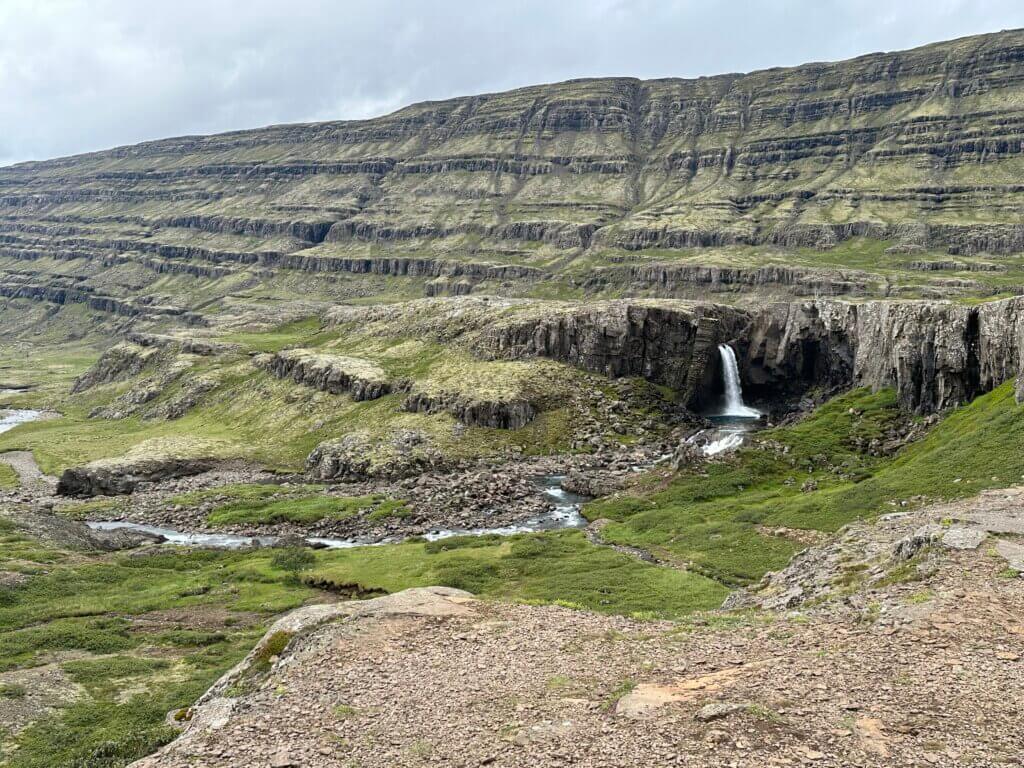
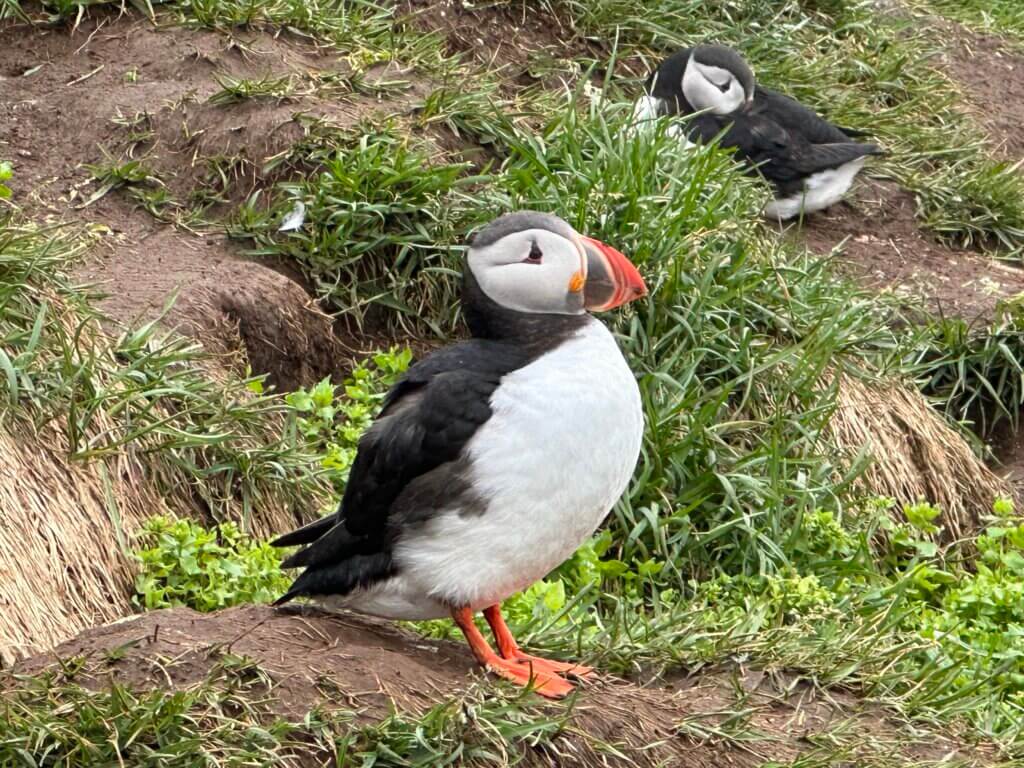
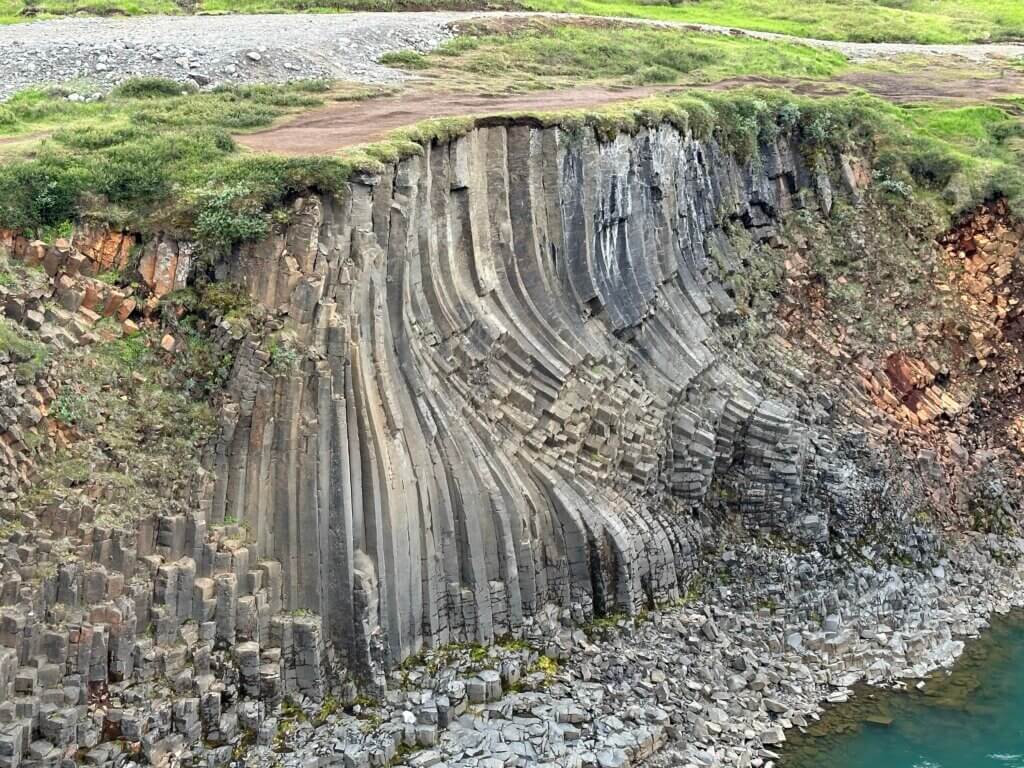
Day 5: Odins horse and humpback whales
When leaving Egilsstaðir the next logical stop are three impressive waterfalls: the Selfoss, Dettifoss and Hafragilsfoss. They drop their waters in a moon-like environment. Afterwards you can relax in the special-shaped Ásbyrgi canyon. It is said to be created by the hoofprint of Odins horse Sleipnir and it is a great place for a hike between birch trees. Húsavík is then the paradise for whale watchers: you can visit the whale museum at the harbor and later take a boat tour to see these giant mammals in action. At the lighthouse you can relax at the Geosea geothermic spa. Located near Laugar the Narfastaðir guesthouse brought me into the pole position for the next day and gave me a cozy home for the night.
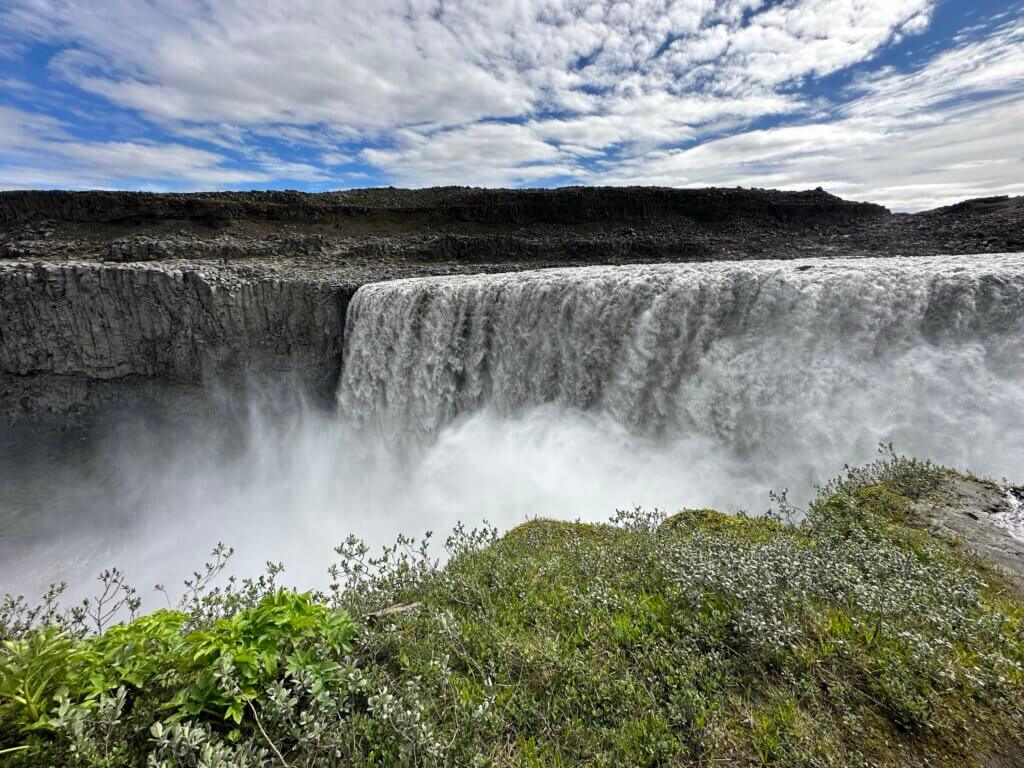
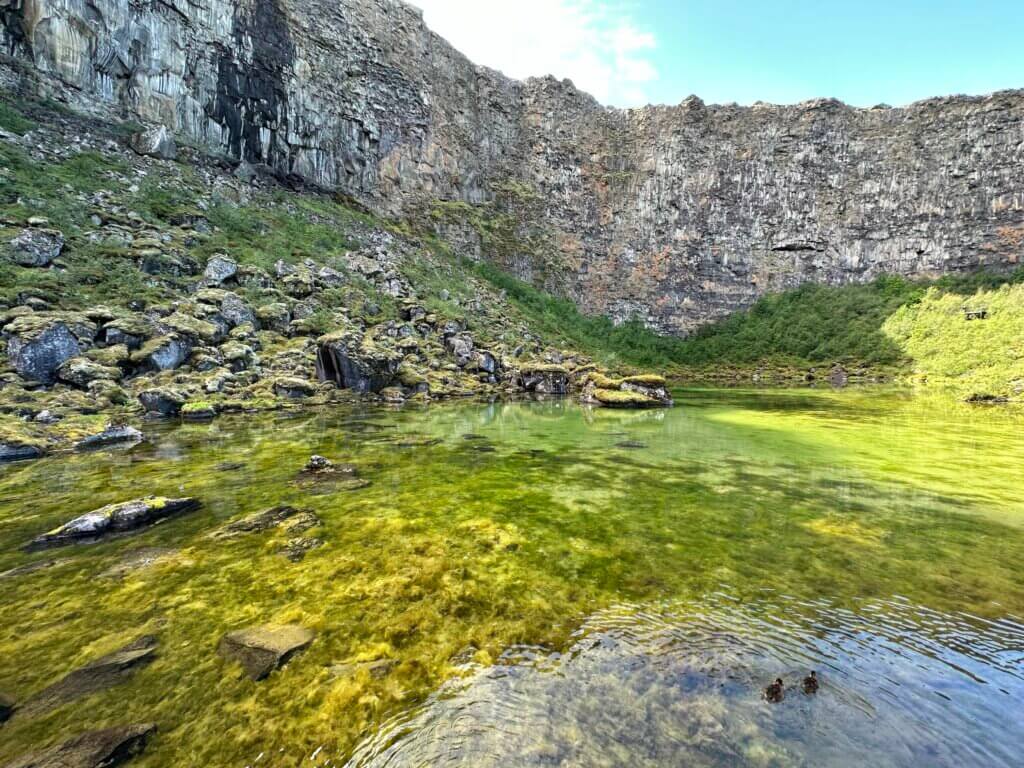
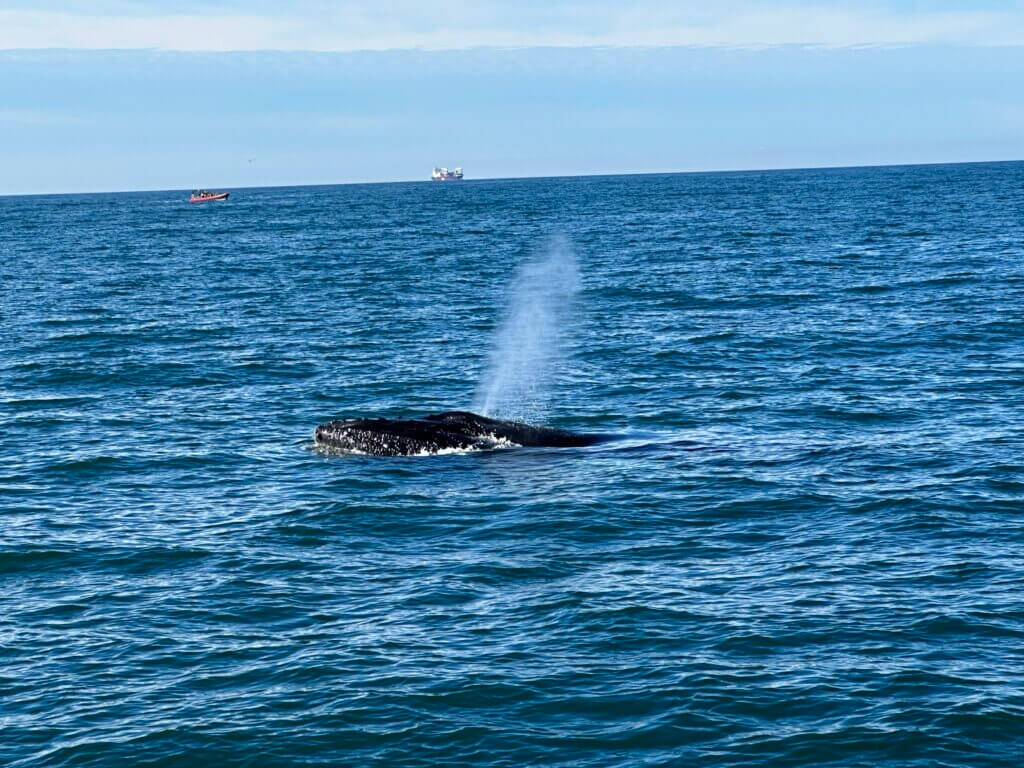
Day 6: Volcanos and the capital of the north
A region beloved by tourists is the Mývatn lake and its surroundings. Named after the mosquitos flying around (but not biting you) it offers pseudo craters, hikes through former lava fields and up onto former volcanos like the Hverfjall. At the Hverir you can see gases coming out of the earth and letting muddy areas bubble continuously. And on your way west you can visit the Goðafoss, the waterfall of the gods, before you reach Akureyri – the capital of the north. Here you can visit art museums, learn about Icelandic aviation, hang out in a botanical garden or relax in the forest lagoon. My day ended at the Hofsstaðir gistiheimili near Sauðárkrókur, a remote place with fantastic views from your room and the restaurant.
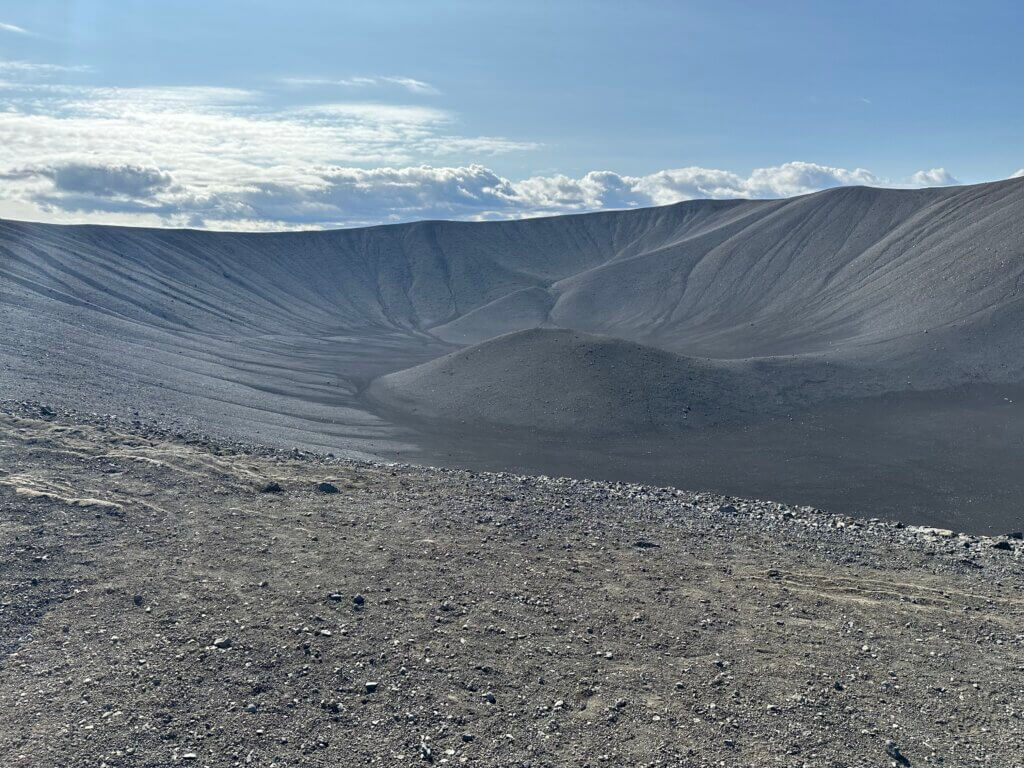
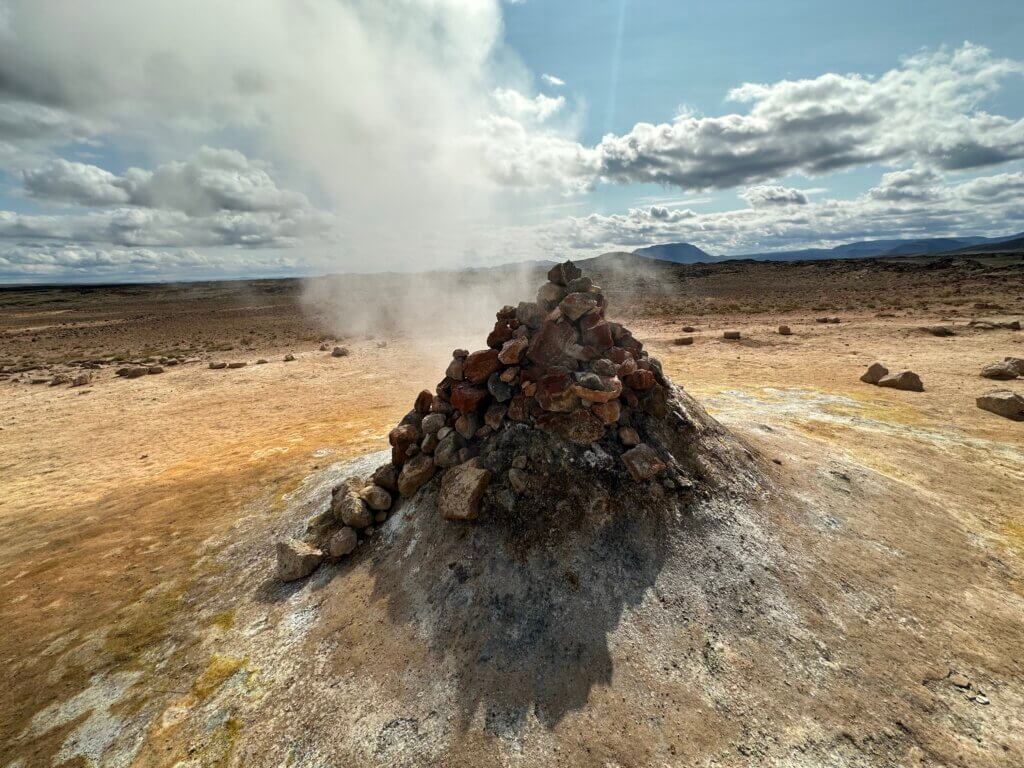
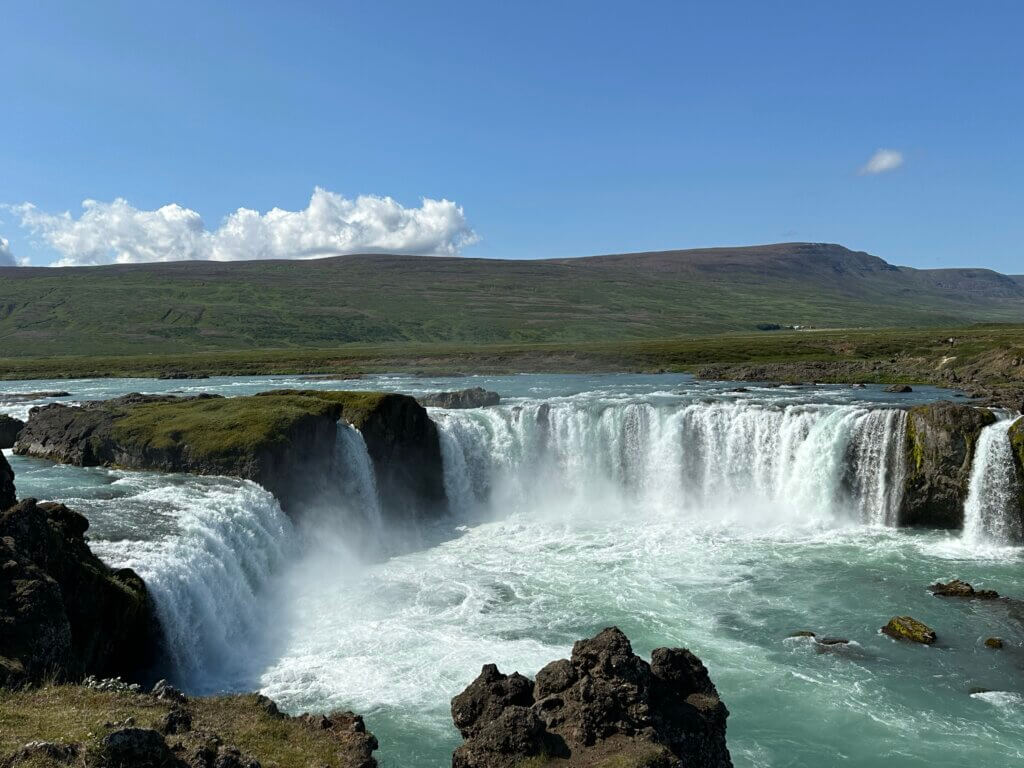
Day 7: Return to Reykjavík
The northwest of Iceland is a region with only a few touristic sights. Between Akureyri and Reykjavík you normally drive long passages without many stops. A good opportunity for a rest and maybe a picnic is the Kolugljúfur canyon. Around Bifröst you can climb into the Grábrók crater and discover a last waterfall, the Glanni. Once you’ve passed the Hvalfjarðargöng road tunnel you’re back at Reykjavík and can visit some remaining sights of the city. I took a look at the special Icelandic Phallological Museum and relaxed a bit at the fantastic Sky lagoon. I’ve spent my last night on the island again at the Norðurey Hotel City Garden.
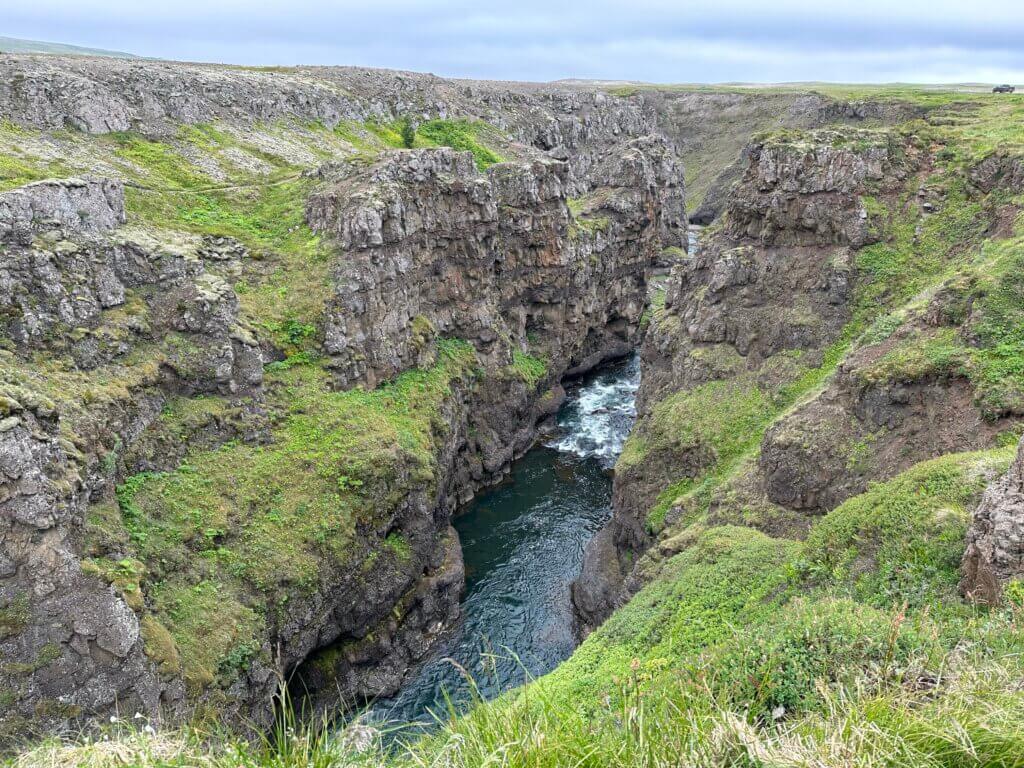
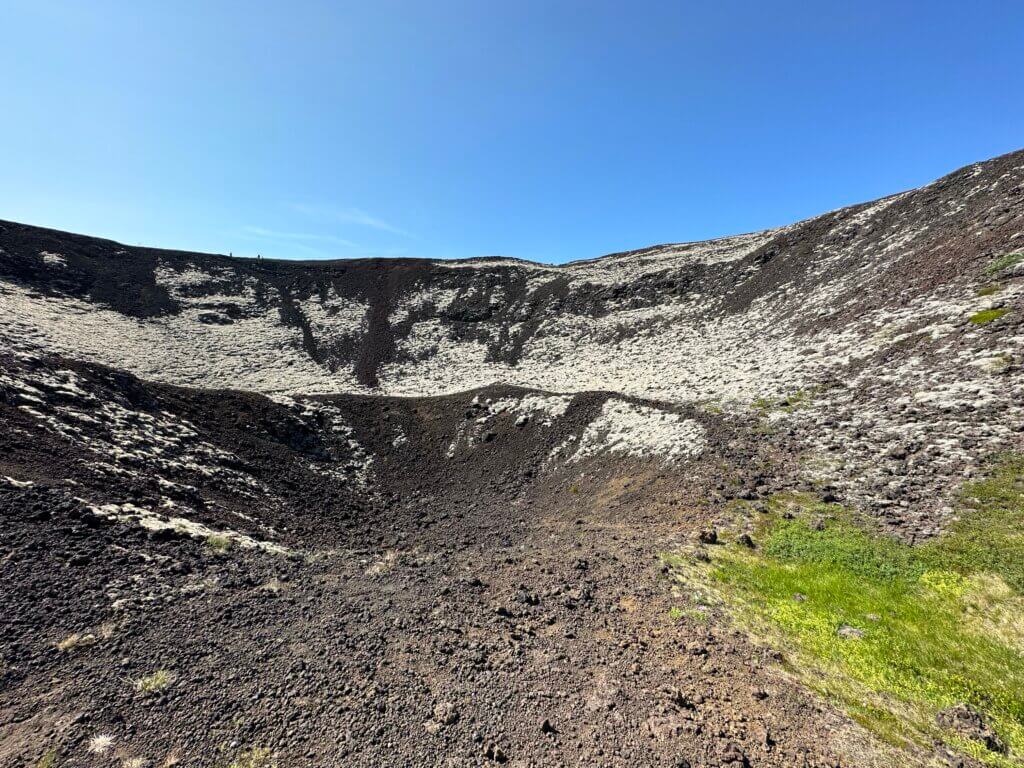
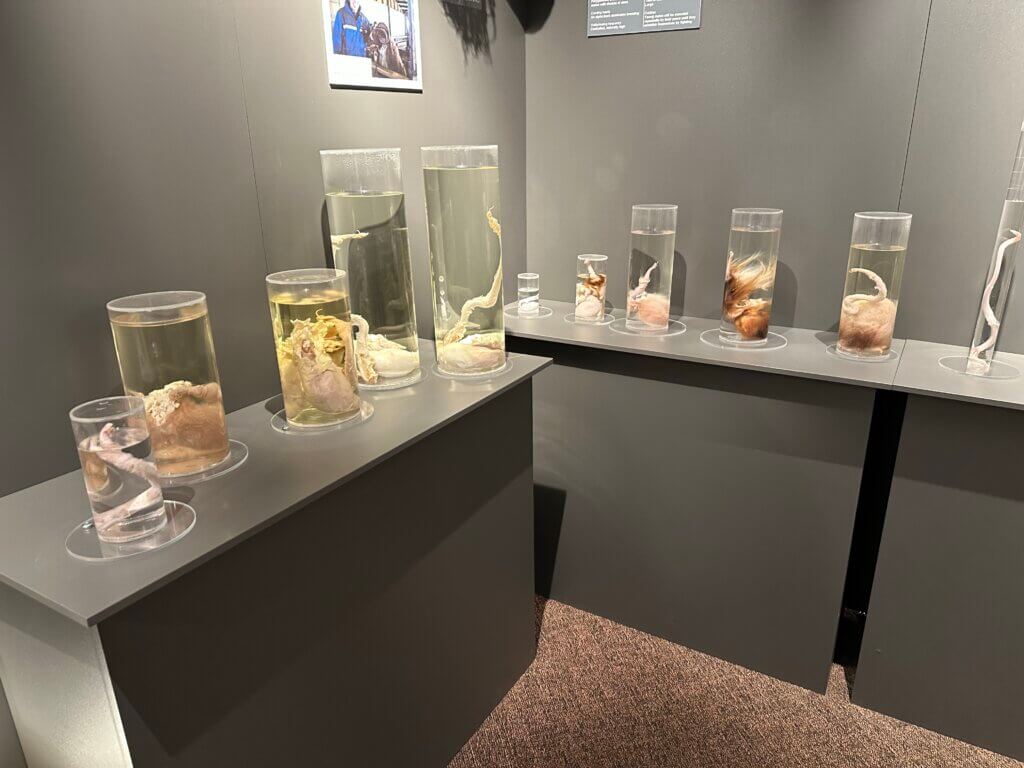
Day 8: Farewell, Ísland
Heading back from Reykjavík to the Keflavíkurflugvöllur is a simple task. Just 50 kilometers to drive, enough gas stations available at the road to fill up your rental car before you have to return it at the airport. A smaller airport definitely has advantages: check-in and security scan are fast, there are no long ways to walk. A relaxed farewell from a beautiful island.
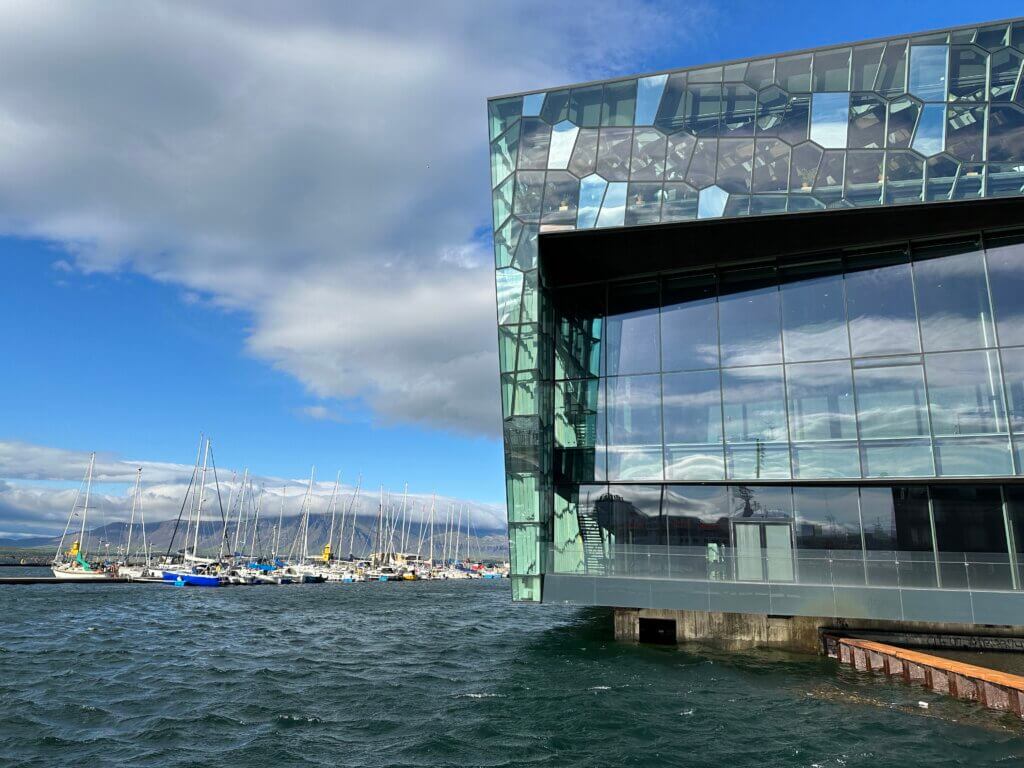
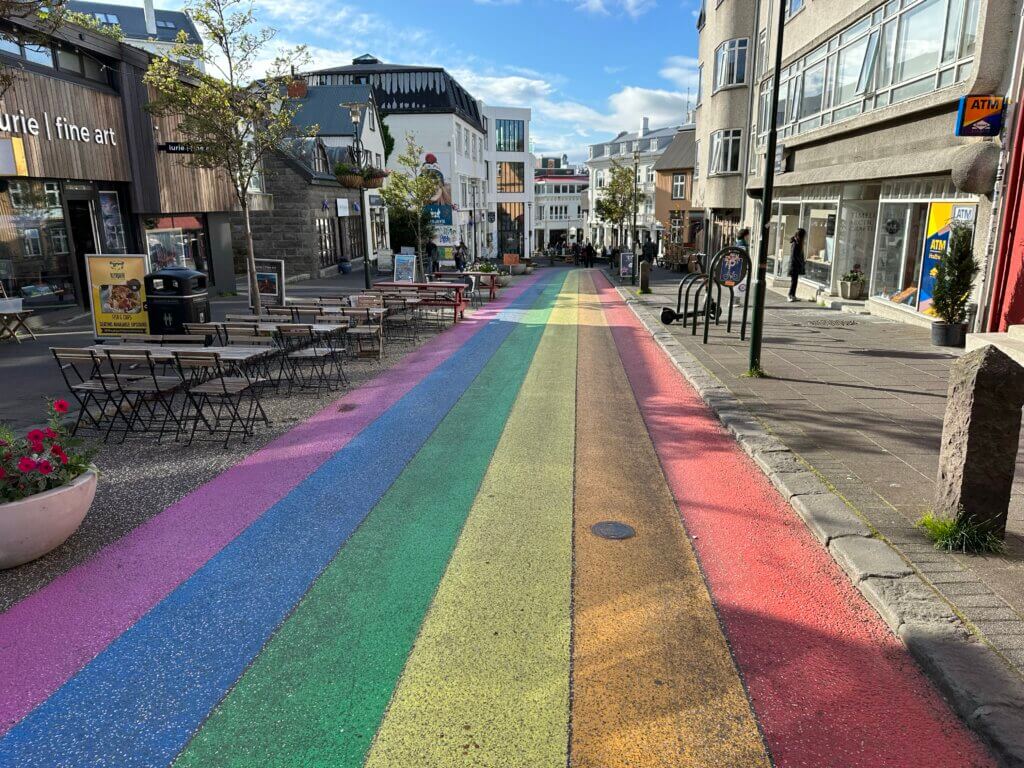
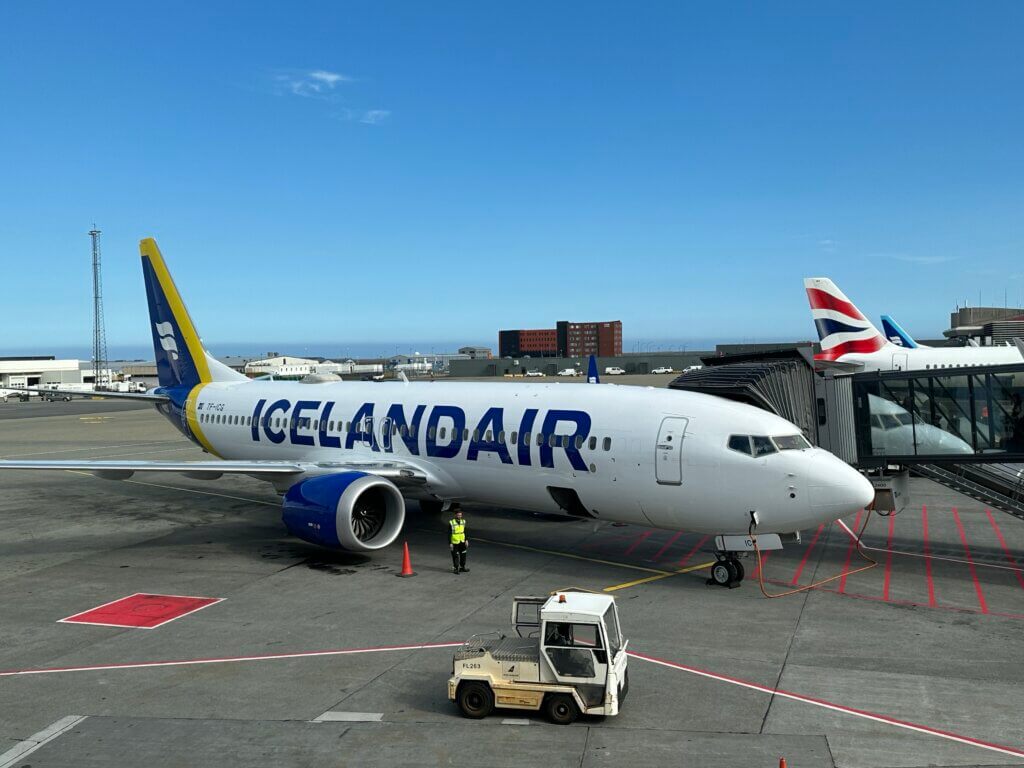
What is left to be said? Well, touring Iceland is a pretty expensive experience. The price level is comparable with Switzerland and you shouldn’t always convert the prices in ISK to your home currency, elsewise you make yourself unhappy. 😉 What was a surprise to me is that there are often no trash bins available, even in touristic places. Sometimes they just provide containers for plastic bottles. What feels nasty in the beginning seems to have an effect during your stay because you start to buy less packaged food and drinks. And what was the best on Iceland? Geothermic spas! As they don’t need to pay for the energy from the earth you’ll find all-year outdoor pools nearly everywhere. And they always have bars that serve you while sitting in hot water. 😎
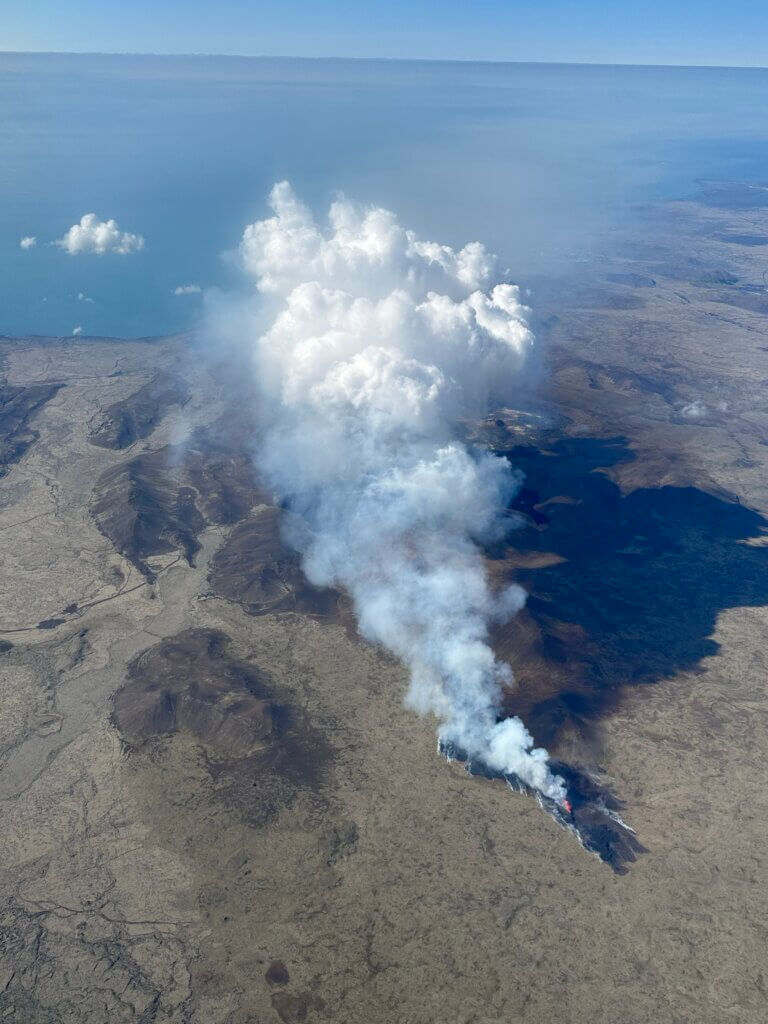
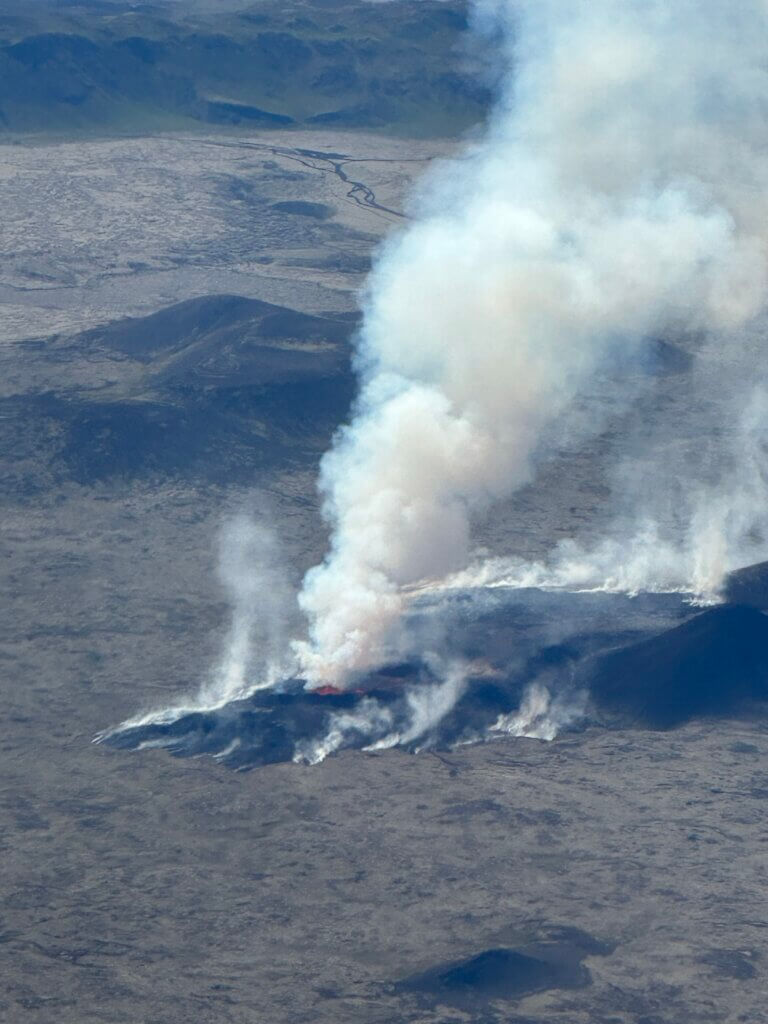
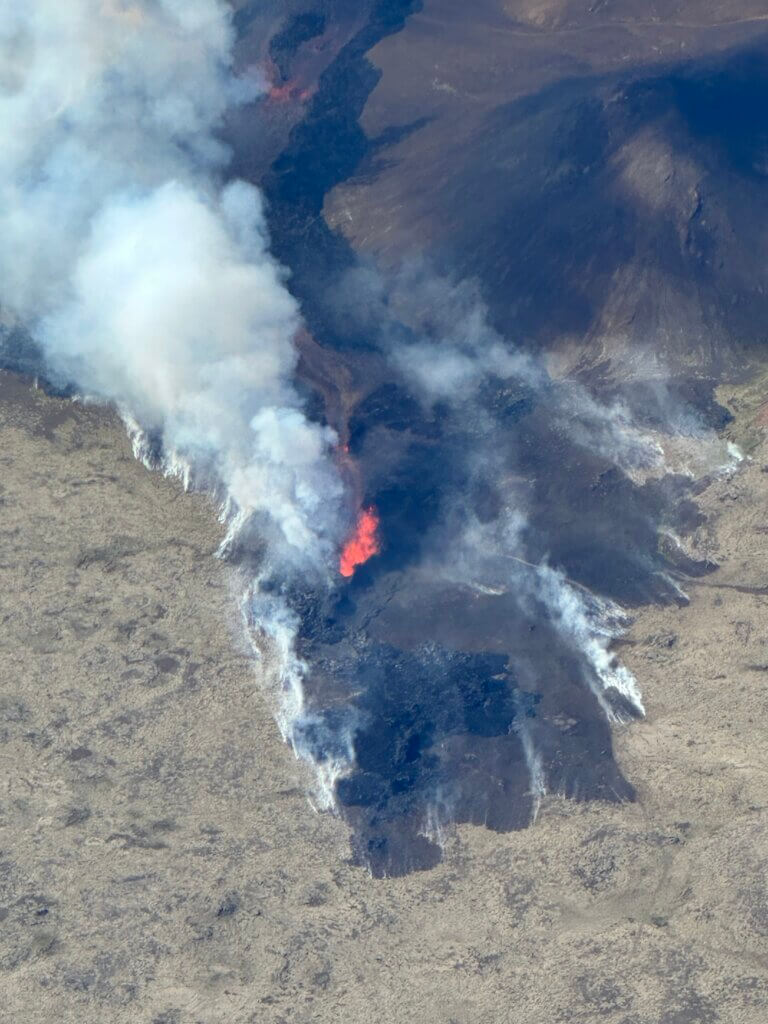
And then there also was a special pleasure: when I arrived on Iceland earthquakes started and I was told that a volcano might break out on the Reykjanes peninsula close to the Keflavíkurflugvöllur airport. I was a bit worried as I knew how the Icelandic volcano Eyjafjallajökull stopped air transit in Europe for multiple days in 2010. The whole week there were no news on this expected eruption. But when I returned to Reykjavík on the day prior to my flight home I went into a museum and the staff was excited: they looked at me and said ‘Yes! It has broken out!‘. And I said ‘Yeah… it has broken out…‘. I was uncertain what that meant for my flight but everybody was just happy about the lava coming out of the earth. In the end even the pilot of Icelandair flew around the new volcano to show us this phenomenon.
Ísland
Iceland
Loading map...

